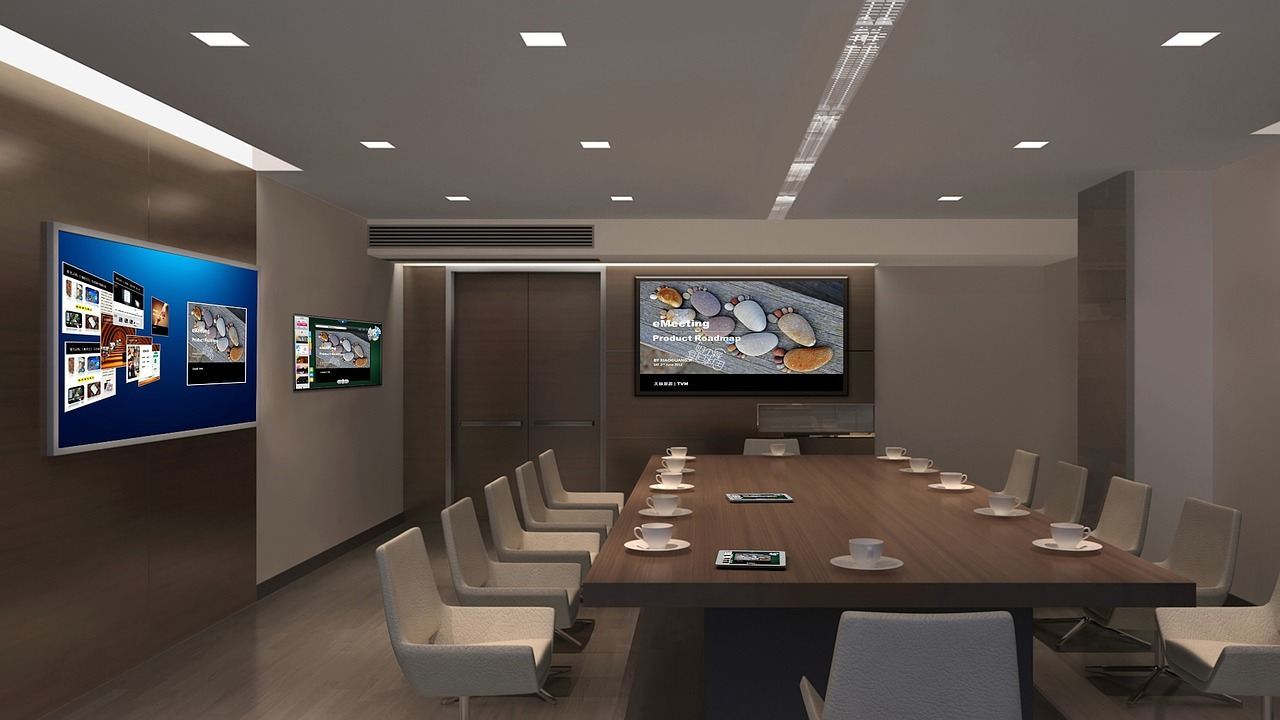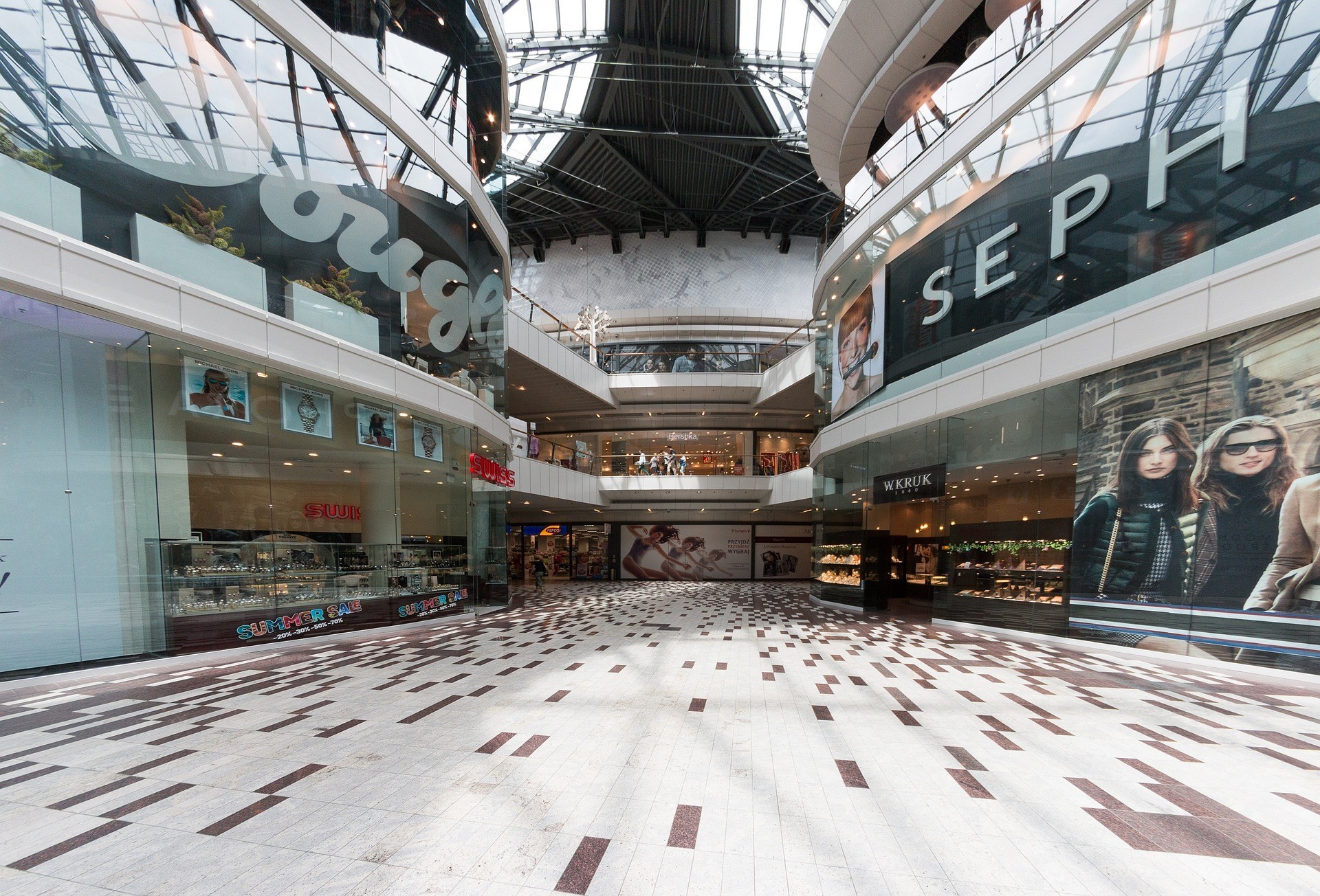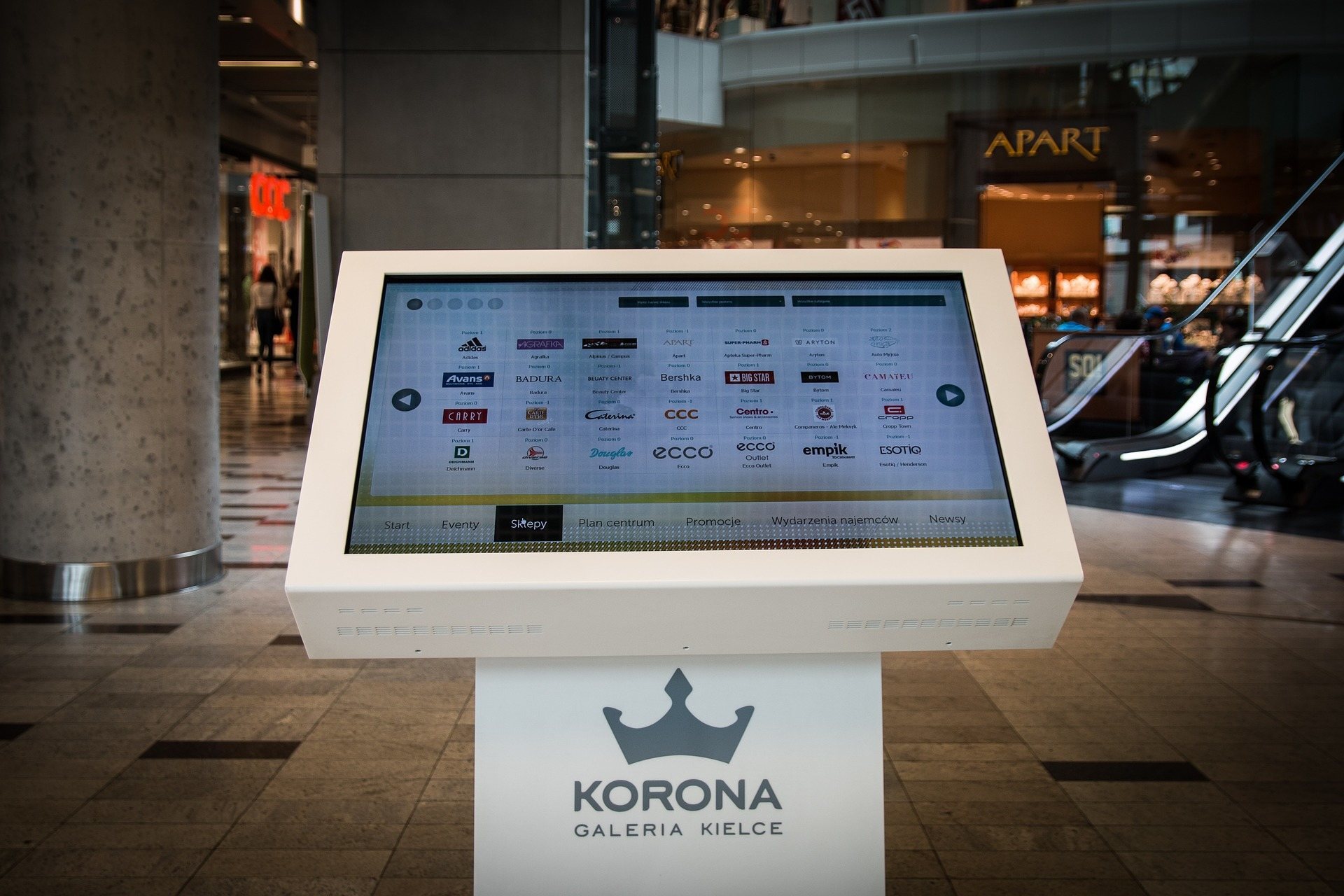
18 Surprising Statistics About Digital Signage
January 27, 2016 by guest author, Sean Levy

GUEST POST: Irfan Khan, SkyKit
As a savvy businessperson, you know that digital signage is a huge, well-established market. You see them everywhere: promoting a new product in the store, advertising deals outside pharmacies—perhaps even touting diaper rash cream, as one sign in my hometown has done for at least the last five years.
You’ve probably wondered if digital signage is right for you. But where are the numbers that show that digital signage is a worthy investment? There are so many digital signage solutions, from the established, to the pioneers.
We’ve dug through the studies to find statistics that do exactly that. Without further ado, here’s eighteen interesting stats about digital signage.
- Digital media in public venues reach more customers than videos on the Internet or Facebook.
According to a 2010 study by Arbitron, digital signs reach an astounding number of Americans: 70 percent have seen a digital video display in the past month, versus 43 percent on the Internet or 41 percent on Facebook.
Not only that, but 52 percent of teenage and adult Americans have viewed a digital display within the past week!
Other digital signage solutions get noticed big-time as well: 75 percent of travelers recall seeing a digital billboard within the past month.
- Customers don’t just glance—they engage.
Digital signage makes an impression. Of those 70 percent of Americans who recall seeing a digital video display in the past month, 47 percent specifically recall seeing an ad. That’s nearly half! And of those travelers who remember spotting a digital billboard, 82 percent recall that it was displaying an ad.
- In fact, they spend measurably longer looking.
A study conducted in Sweden in 2012 found that drivers spend significantly longer looking at the digital billboards they pass than traditional billboards. It’s not surprising: a bright, colorful, animated display would logically be more eye-catching than a static one.
(However, they concluded they probably didn’t gaze long enough to become dangerously distracted, as some groups had claimed drivers might—which is certainly good news!)
- And they remember what they see.
It’s a fantastic way to raise brand awareness. Recently, it was found that of those who saw a digital billboard, 55 percent could recall the specific message displayed every time they passed one.
The same study also looked at specific ad campaigns, and found that travelers who had passed the billboards could remember specific ads from those campaigns up to 89 percent of the time. That’s some serious effectiveness!
- No, seriously, they really stand out.
Of the surveyed customers in the study mentioned above, 71 percent said they felt advertising on digital billboards stood out more than online ads, and 46 percent said they were more prominent than even television ads.
- Digital signs can drive impulse buys.
Have you ever caught sight of an advertisement and suddenly realized that you had, for example, been craving a KitKat bar all day? Then you’ve joined the 19 percent of consumers who claim to have made unplanned, impulse purchases of products they’ve seen advertised digitally.
- They don’t go stale as quickly as static signs.
One study used anonymous video analytics to log the number of people who noticed both static and digital signs at multiple locations.
The number of “impressions” (that is, people paying attention) logged by the static sign peaked on its first day in place. After that, they dropped off and remained low for the remaining weeks of the study.
But the digital signs received consistently high numbers of impressions throughout the study—receiving almost as many every day as the static sign received the first day.
This suggests that while it’s easy to look past a sign that just sits there after the first time you’ve seen it, it’s hard to ignore even a familiar digital sign.
- They motivate customers to action.
During the same study mentioned above, static signs and digital ads were posted that prompted customers to go to the help desk and receive a free tote bag. (One location received just static signs; two had digital. The two locations received similar amounts of customers during the experiment.)
During the entire experiment, only six people took up the offer in the location with the static sign. But a combined total of 610 people grabbed totes in the locations with digital signs. That’s over 100 times more!

- The industry is booming.
The digital signage market is set to grow at an 8.94 percent compound annual growth rate between now and 2020. Retailers, advertisers, and other business people know a useful technology when they see one, and judging by the market’s ongoing growth—they’ve seen one!
- It’s a great way to promote specific items.
One study advertised certain food items at different locations where those items were sold, some of which had static signage and some digital. The items advertised with digital signs experienced, on average, a 49 percent increase in sales versus a control period where there was no advertising.
Those advertised with static signs only had a 15 percent increase in sales.
In other words, in this case, digital signs were 34 percent more effective in promoting specific items than traditional signs were!
- POS digital signage can increase brand awareness…
A 2010 Nielsen study on the effectiveness of Point-of-Sale digital signage advertising found some truly fascinating results, especially compared to other methods of POS advertising.
Previous studies on other methods of POS advertising found only slight increases in unprompted brand awareness.
But digital signs, they discovered, do a lot more.
When asked about specific brands after being exposed to digital POS advertising, shoppers exhibited a 31 percent increase in brand awareness and recall. Even when not asked about specific brands, they still showed a 14 percent increase.
- …Drive sales…
The same study also looked at the effects of display screen POS advertising on specific product brands. Researchers found that four out of the five brands they studied experienced increased sales with the introduction of POS advertising.
Sales increases measured as high as 30 percent!
That’s no surprise, however. Around three-quarters of customers surveyed noticed the POS displays, 23 percent higher than the average found in studies of other POS advertising methods.
- …And keep customers happy.
If you’re anything like me, or the majority of people on the planet, you hate waiting in line. The longer the wait, the more aggressively I fiddle with my phone.
But digital signs provide an excellent way to both distract customers from a long wait and manage the queue.
Digital signs can be used to give estimated wait times, call customers forward, and notify them as to which tills are open. The net result?
Up to a 35 percent decrease in perceived wait time.
- They’re popping up in unexpected places.
Businesses aren’t the only entities taking advantage of digital signs.
Universities around the world are installing digital signage networks (DSNs) to promote campus events, advertise for their bookstores and third-party vendors, spread emergency alerts, show weather information, and more.
In fact, in 2011 alone, around 2240 universities in the United States installed DSNs. That’s about a 46 percent increase from 2010.
- Customers will stick around.
One study by InfoTrends found that installing digital signage in stores encouraged customers to spend up to 30 percent more time browsing.
- And they’re getting more affordable.
WireSpring has been tracking the pricing of digital signage since 2004. Between 2004 and 2010, they discovered that the price of installing a hundred-node DSN and operating it for three years had decreased by more than half!
They projected that with the continuing development of the technology, plus the ongoing competition in the DSN market, the price would continue to drop steadily over time.
- They may give you the most bang for your buck out of all advertising media.
SBA studies indicate that in terms of cost per thousand impressions, LED signs in particular may be the most cost-effective advertising medium.
In fact, the cost per thousand impressions for LED signs is less than 10 percent of the cost for any other advertising medium.
- Business owners love them!
In a study of small business owners who had installed LED signs, 86 percent of those surveyed said they thought the signs had brought them new customers. Nearly as many (83 percent) noticed an increase in sales after installation.
Modern software made the signs easy to update; 90 percent said they didn’t have any trouble at all figuring it out. And eighty-nine percent of the business owners recommend LED signs to others.
Talk about positive reviews.
Conclusion
No matter what type of digital signage you’re considering, there are loads of statistics out there to convince you that it’s a great investment with a technology that’s still on the rise.
From increasing brand recognition to keeping customers happy, digital signage can do a lot for you. And there’s numbers to back that up.
What statistic did you find the most compelling? Talk numbers in the comments!



Very well put Irfan. I found #7 and #8 most interesting. I was quite encouraged to hear of the study finding that the digital signs had consistently high numbers of impressions throughout the study. Certainly the ability to change the content from one day to the next creates a belief there may be something new – so you glance. Made me think advertisers should be developing campaigns in which their message progresses each day to tell a story over a given period, rather than running the same add for a month. The free tote bag numbers were quite telling as well and is at the crux of digital signage’s main sell – that you get a higher impact.
Very nice, always encouraging to see positive numbers on the industry.
Do you mind if we share the info on DigitalSignage.com (and of course give you the full credit and link back)…?
regards,
Sean.
I have rarely seen so much industry data packed into one article. Kudos. However, I would respectfully suggest that the author adds formal references to these studies.
Great post
“According to a 2010 study by Arbitron, digital signs reach an astounding number of Americans: 70 percent have seen a digital video display in the past month, versus 43 percent on the Internet or 41 percent on Facebook.”
Guys its 2016 and lets not compare to digital as budget aof digital arr 4 or 5 times larger then OOH
Very well written Irfan. I also have a Digital signage company https://rileybeans.com/
I am searching for some content and your post is very informative indeed.
Thank you for interesting post. I guess our article about how digital signage can improve in-store marketing woud be also intresting for this topic – https://dwall.online/blog/how-digital-signage-solutions-can-improve-in-store-marketing